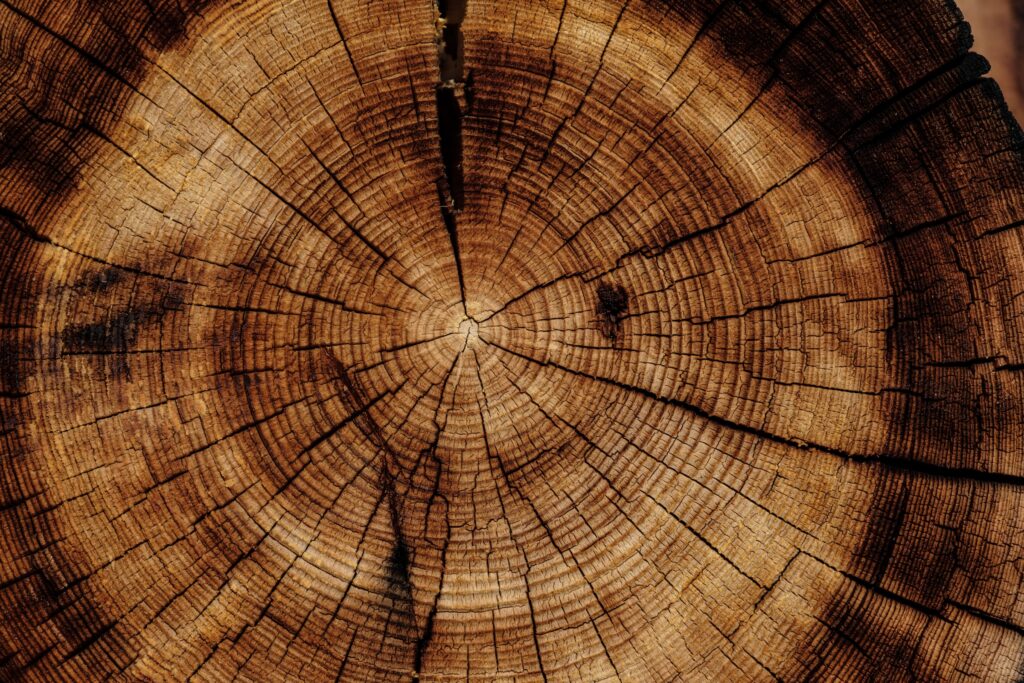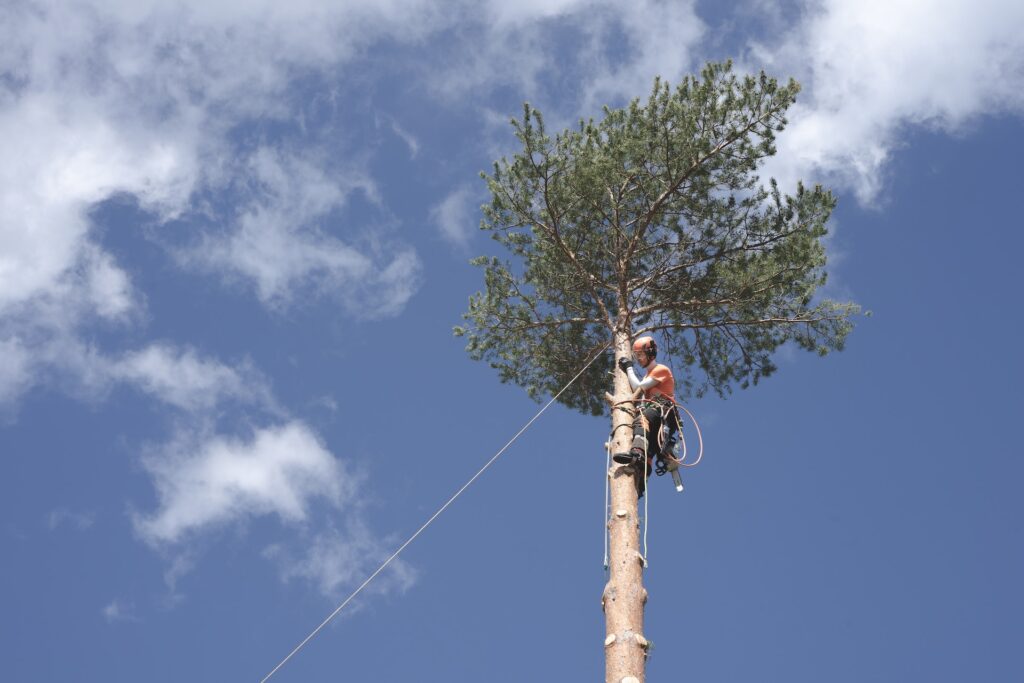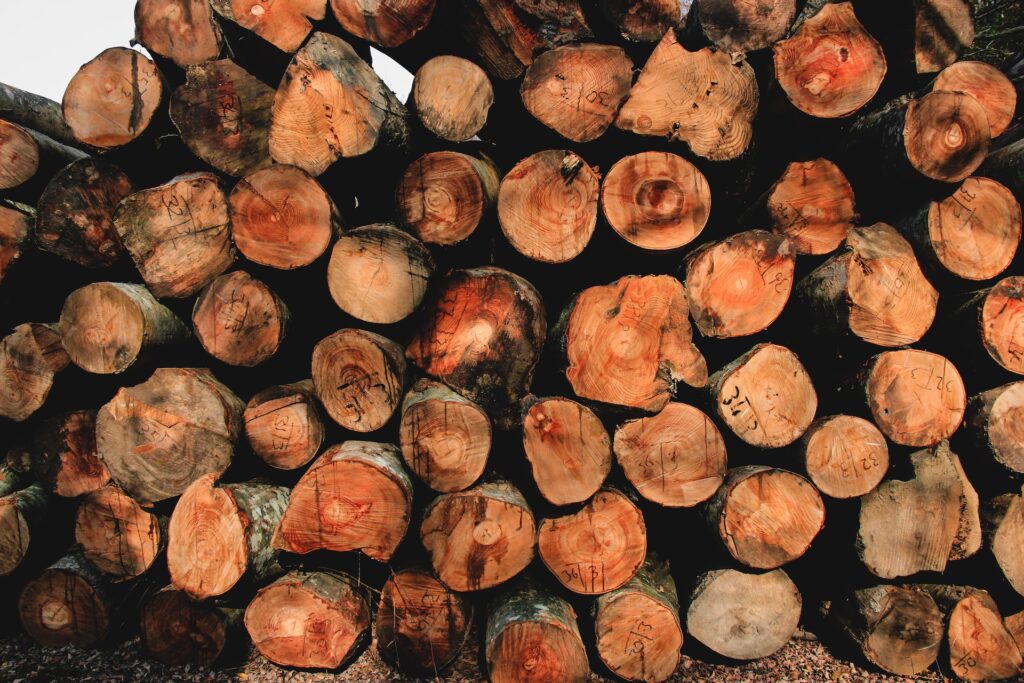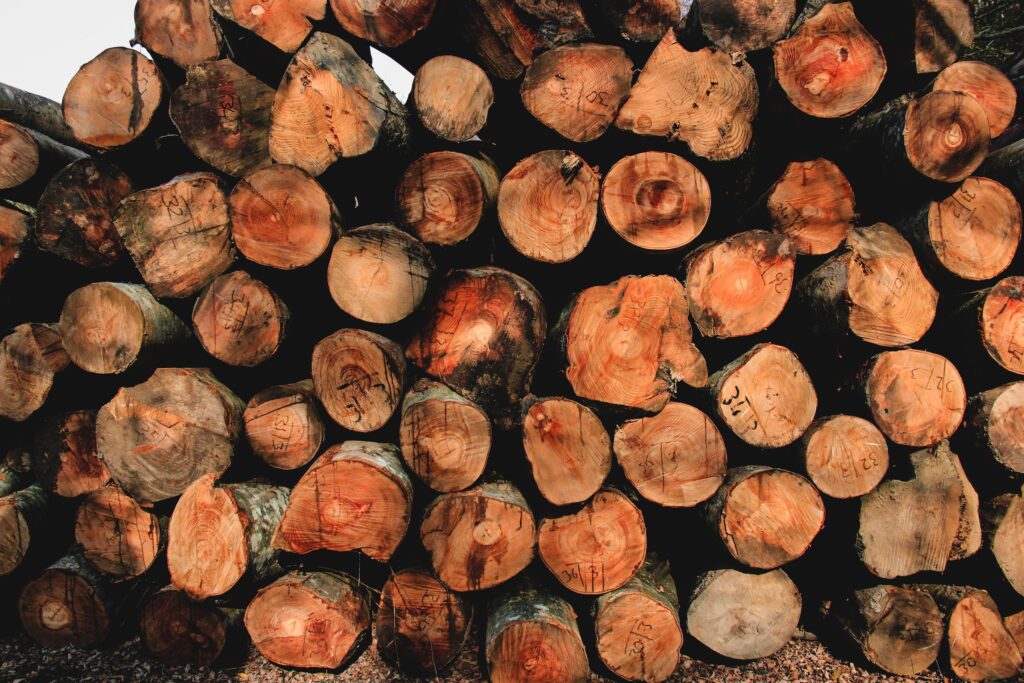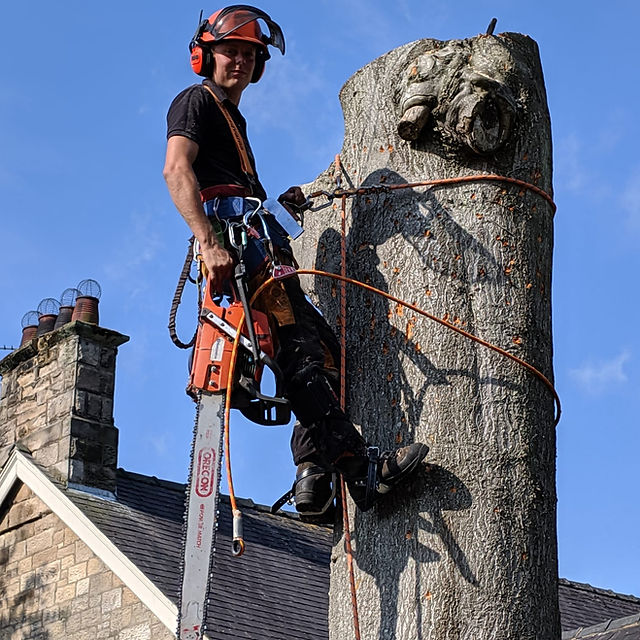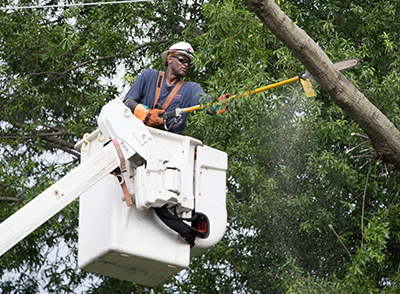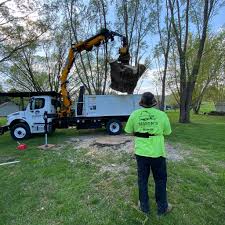If a tree falls on your property, you will likely need to get someone to help you. Homeowners’ insurance will not cover emergency tree removal. You may have to file a claim with your neighbor’s insurance company to get your claim covered. Neighbors may be liable for tree damage as well.
Homeowners’ insurance won’t cover emergency tree removal
If you have a tree growing in your yard, you may have to pay for the removal. Unless you have an extended insurance policy, your homeowners’ insurance policy will not cover the cost of emergency tree removal. However, you can add an endorsement to your policy that will cover cleanup costs. If you are unsure whether your policy covers tree removal in your area, you may contact certified tree pros. Aussie Tree Lopping Ipswich has been offering tree lopping Ipswich, Springfield Lakes, and Brisbane Western Suburbs you can get factual details about the tree-related insurance coverage.
The amount of coverage your homeowner’s insurance will pay will depend on your deductible and coverage limits. For example, if your tree falls on your home, you may be covered for the first $1,000 of damage. Your homeowners’ insurance policy will cover the rest of the $19,000, but most policies only cover up to 10 percent of the total dwelling coverage limit. Depending on your policy, you can receive either replacement cost or actual cash value for damaged items.
You can also get an additional insurance policy that covers flood damage. Floods aren’t covered by regular homeowners insurance, but a separate flood policy can cover these expenses. Floods can erode the root systems of trees, making them more susceptible to damage. Flood insurance may also pay for debris removal and tree removal. This policy is a worthwhile addition to your home insurance policy. If you have a tree that is dying or has fallen on your property, make sure you contact your insurance agent as soon as possible.
Your homeowners’ insurance policy might pay for emergency tree removal and damage in a storm, but it won’t cover the cost of replacing or removing a tree. It will, however, cover the costs of removing the tree if it caused significant damage or caused a hazard. However, if the tree has fallen on a neighbor’s property, your homeowner’s insurance won’t pay for the removal.
Your home insurance policy may cover the cost of emergency tree removal and damage if the tree fell on a home or property. However, if the tree fell on adjacent property or caused an earthquake, your policy might not cover the costs. Your insurance company may argue that the damage was prevented and the tree should be removed immediately.

Emergency Tree Removal: Neighbors may be liable
If a tree on your property falls onto your neighbor’s property, you may be able to sue them for emergency tree removal and damage. In many cases, this is covered by homeowner’s insurance, so you won’t have to pay for tree removal out of pocket. But in some cases, your neighbor’s tree may be diseased and hollowed out by years of neglect.
Sometimes, the tree owner or tenant of the property is liable for the damage caused by the tree. However, there are many other situations where the neighbor may be responsible for the damage. In these situations, it is advisable to talk to your neighbor before you decide to call in a tree service.
In the event that a neighbor’s tree causes damage to your property, it is best to contact their insurance company as soon as possible. If the tree fell as a result of a storm, you might be responsible for the damage. However, if your neighbor’s tree was healthy before the storm, the insurance company should pay for tree removal and damage.
Homeowners insurance policies typically include liability coverage. This will pay for damages caused by a neighbor’s tree. However, if the neighbor has no home insurance, your own insurance may cover the damages. Other structures and personal property coverage may also cover the damages to a neighbor’s property. Your homeowner’s insurance company will investigate the damage and make payments for it. However, it is important to remember that your neighbor’s insurance company will only pay for the damages that are covered under the policy limit. If you don’t know the amount of your neighbor’s insurance coverage, you may have to settle the matter with them personally.
If your neighbor’s tree falls on your neighbor’s property, you may be able to sue them. In this case, the court may find that the neighbor knew of the danger, but failed to perform reasonable maintenance on the tree branch. This may result in negligence, and the neighbor would be responsible for damages caused to the neighbor’s property.
Documentation is key
When it comes to emergency tree removal and damage, documentation is crucial. You will need to document the exact location of the trees, including adjacent streets, and include a detailed diagram of the area. The diagram should also correspond to the species and numbering of the trees. The documentation will be crucial for insurance claims.
Filing a claim
When a storm knocks a tree down, homeowners may have to pay for emergency tree removal to make their homes safe. If the tree is blocking the driveway or making a wheelchair ramp impossible, insurance companies may pay for removal. But if the tree is rotten or old, they may not cover the cost.
If the insurance company denies your claim, you can appeal the decision. You may want to seek an arborist’s opinion. An arborist can determine the health of your trees and their overall condition. If a tree has been damaged by a storm, look for broken branches and leaning trees. Consider moving the tree away from your home to reduce its risk of damage.
Homeowners insurance usually covers damage to the home’s structure and contents. But it can also cover damage to trees due to lightning, strong winds, or ice. If your tree has fallen and damaged your home, you can file a claim for emergency tree removal and damage using your homeowners’ insurance policy. However, you must be prepared to provide proof of the damage to your property.
Before filing a claim for emergency tree removal and damage, you must ensure that your neighbor has a home insurance policy. If your neighbor has an insurance policy, you may be eligible for reimbursement of their deductible. You will have to provide proof that the neighbor’s tree encroaches on your property. You should also contact your insurance provider to notify them of the damage.
Another option is to file a claim for the tree removal and damage that was caused to your neighbor’s home. If your neighbor has an insurance policy, your neighbor can file a claim for you. But it’s unlikely that your neighbor’s insurance will cover the cost of emergency tree removal unless the neighbor’s property was damaged by the tree.
If your insurance provider denies your claim for emergency tree removal and damage, contact an insurance agent immediately to discuss your options. A skilled and experienced tree removal service can work with insurance companies to help you obtain the most financial assistance possible. You might need emergency tree removal if a tree blocks a critical view or is affecting your property’s curb appeal. You can also file a claim for emergency tree removal if the tree’s roots fracture the sidewalk.
